Vegan Baby Food – Tips For Introducing Solids
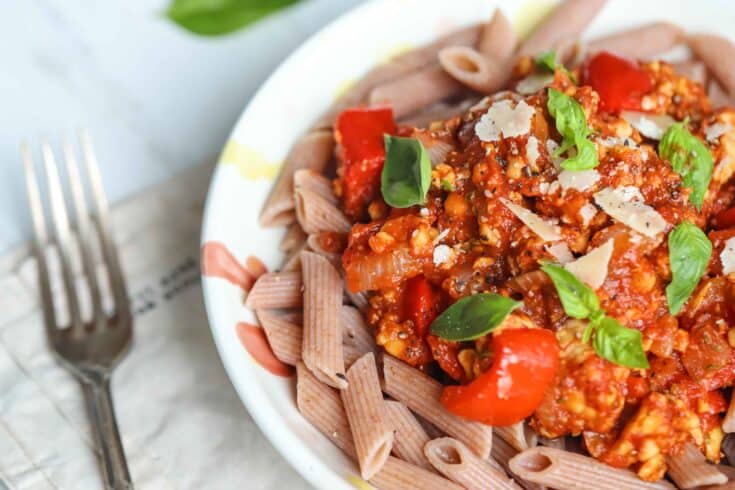
At what age is it OK to introduce solid vegan baby food?
A lot of first-time parents worry about feeding their babies when they start solids, or are unsure of how and when to first introduce solids.
This worry can also bring more confusion for vegan parents who can struggle to get the right information from their child health nurses or doctor who does not advocate a vegan diet. And as such makes introducing solids for vegan babies a little bit harder for parents.
This site uses ads and affiliate content as an Amazon associate earning on qualifying purchases. Disclosure.
In this post, I’ll reveal my experience feeding solids to my child as a vegan mother and plant-based nutritionist.
Before starting with vegan baby food:
I always recommend talking about introducing solids with your child’s doctor or nurse and also mention that you intend to feed him or her a vegan diet. Some doctors can actually be very supportive.
I actually find the first 2-3 months of introducing baby solids the easiest as it is for them mostly just an experience of flavours, taste, and textures as opposed to their main source of nutrition. Parents should not worry too much about what actually gets eaten in the first few months of doing vegan baby led weaning or introducing baby solids.
Babies should still use breastmilk or formula until 12 months of age as their main source of nutrition. Always feed your baby breastmilk or formula before feeding baby solids 30-60 minutes later.
Also cow’s milk, soy milk or any other plant-based milk are not suitable as the MAIN milk drink so do not swap formula for rice/soy or any other milk before the age of 12 months.
It is however safe to include plant milk in baby cereals or in other baby solids recipes.
These are my recommendations (agreeing with Nutrition Australia’s guidelines) on what to feed your baby month by month. Some ingredients listed below are better being used in purees or also available to use in baby led weaning (BLW).
I recommend doing a mix as it is often what is most practical for mums and good for babies to get a wider range of flavors in the first 6 months and also being able to eat most of what the family is eating and improving self-feeding skills.
At all ages make sure to stay next to your baby when serving vegan baby food and solids and check he or she is not choking.
6 months:
This is the recommended age to introduce solids these days.
When a baby is showing signs of readiness and sitting upright.
I do not recommend introducing vegan baby food and solids much before 6 months as their gut is not ready for a lot of vegan baby food.
One meal per day is enough to start with when first introducing baby solids.
- avocado- mashed or BLW
- Steamed or roasted sweet potato, pumpkin, carrots and zucchini – puree, mashed or BLW (very soft)
- banana – mashed or BLW
- cooked apples or pears puree
- baby infant cereal (iron-enriched) in breastmilk or formula.
- no salt, sugar, fat or other flavours
7 months:
- I would recommend adding 1 meal per day to have 1-3 meals per day by the end of 7 months.
- Introducing more vegetables and fruits such as berries mashed.
- No salt, sugar, fat and oil needed in baby food.
8 months:
- Good to start offering 3 meals a day at that age that are pretty balanced with fruit, vegetables, good fats and protein throughout the day.
- You can start adding spices such as cinnamon!
- You can add more vegetables such as parsnip, broccoli, cauliflower and mashed beans and lentils in purees.
- Introduce more grains such oats in baby porridge.
- You can introduce small pieces of protein such as tofu.
- Mandarins segments, mango, peaches, nectarines, apricots, blueberries, and kiwi fruit can be served in purees or small pieces for BLW.
- Let baby practice his pincer grasp which develops between 8 & 12 months by serving small items on his high chair tray such as cooked lentils and green peas.
- Include some omega-3s such as hemp oil or hemp seeds, chia seeds or flax meal and tahini for calcium and other minerals in a spoon or mixed in foods or in a chia pudding or smoothie.
- Test out common allergens such as nuts, tahini, and peanut butter in baby porridge or on a piece of soft bread.
9 months:
- Add more flavor using more spices and herbs but do not use salt.
- You can now add onions, leek, capsicum, mushrooms.
- If using purees, make sure to make them chunkier by now by mashing with a fork instead of a blender.
- Introduce more grains such as cooked buckwheat pasta, cooked rice (soft like in risotto) and millet.
- Millet is a gluten-free grain low in allergens and is very soft when cooked and perfect for little tummies.
- You can start teaching baby to drink from a straw to drink smoothies.
- Offer more food but keep breastmilk and formula as the main source of food.
- Start offering the same food as the adult foods but make the texture suitable for a small baby and do not add salt to baby food as it is dangerous for their kidneys.
10 months -11 months:
- You can introduce more grains such as cooked quinoa, cooked wheat in pasta.
- All vegetables are safe to be served in appropriate textures and in bigger pieces in BLW.
- You can start introducing 2-3 snacks per day such as fruit, baby rusks, peanut butter toast.
- You can make smoothies with calcium-fortified plant milk.
- Have fun introducing new vegetables, grains and fruit as part of meals with the whole family.
12 months:
- If your baby wants to wean off breast milk of formula you can now introduce drinking milk from a cup such as soy milk or calcium-fortified plant milk, if avoiding dairy.
- Your baby should now almost eat like you do but avoid oily, greasy, salty, spicy and sugary foods.
- Focus on serving lots of green vegetables and nutrient-dense foods.
- Serve good fats such as nut butter, hemp or avocado
- Serve plant-based protein such as hemp seeds, legumes or tofu everyday.
Vegan Baby Food,Tips For Introducing Solids – Conclusion
Di this post on introducing vegan baby-solid tips useful? Please share it on social media so you can help other parents stay informed.
More children nutrition info:
For more nutrition information for feeding vegan babies and children you might also enjoy these posts:


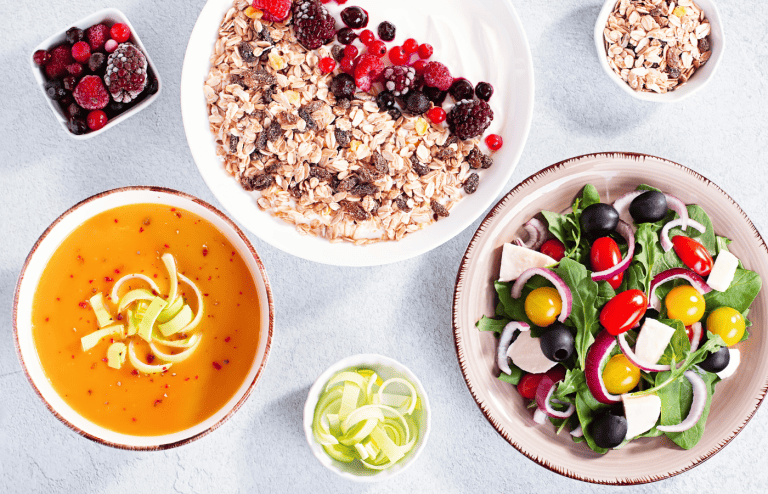
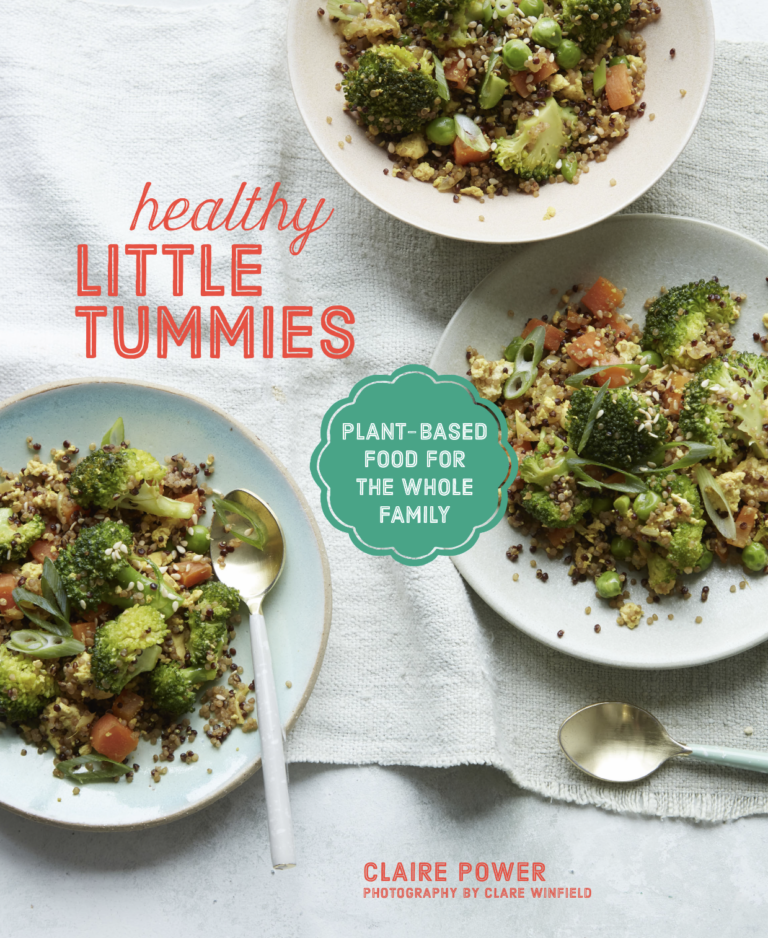
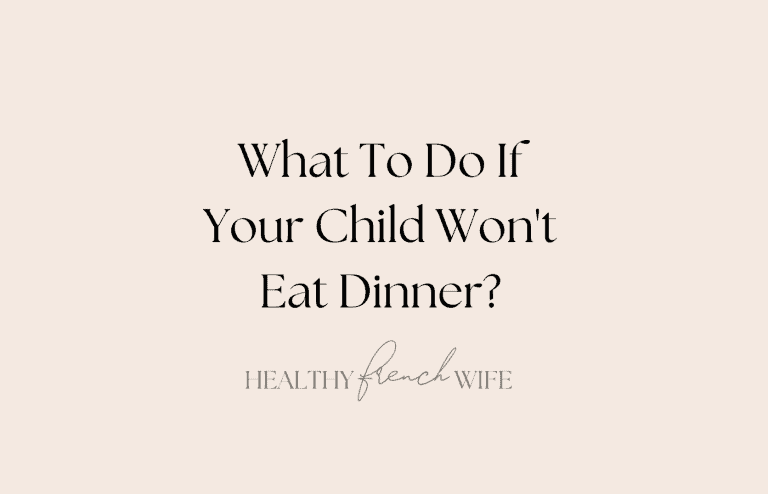
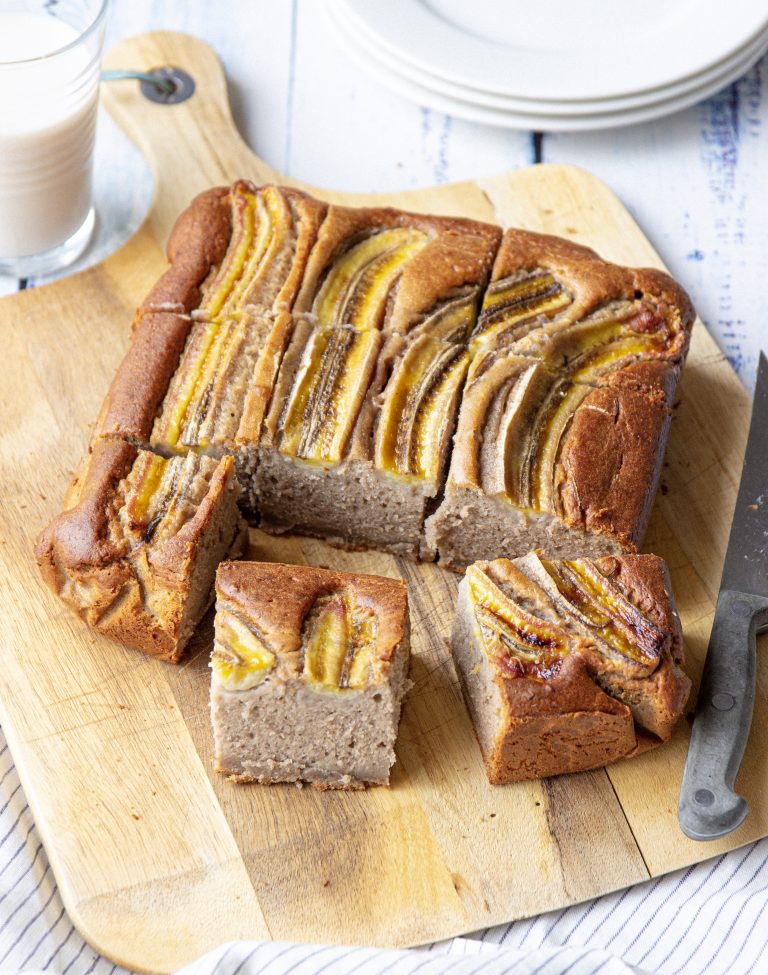
One Comment